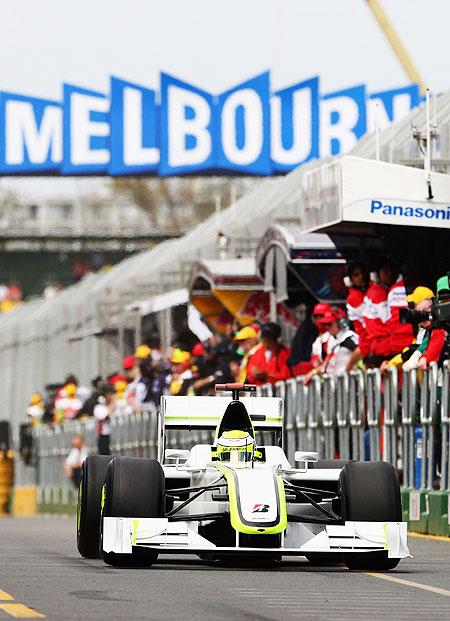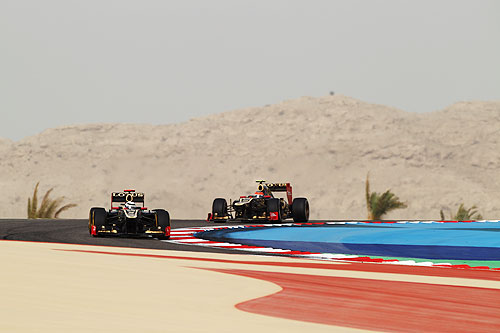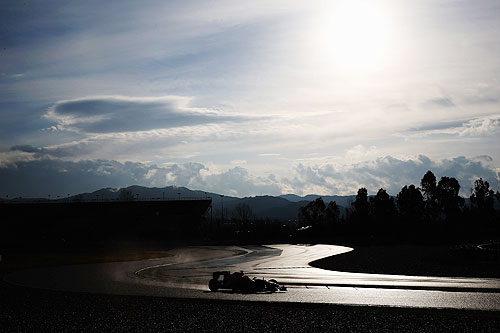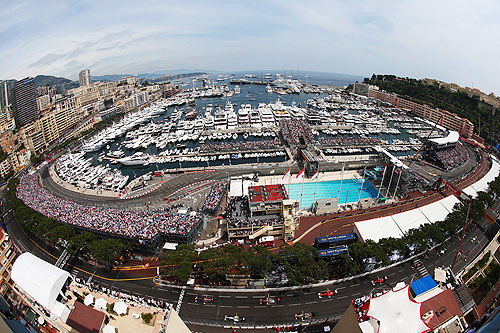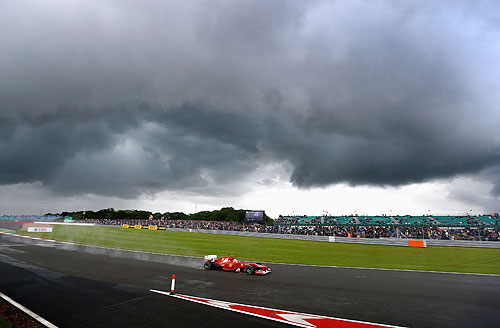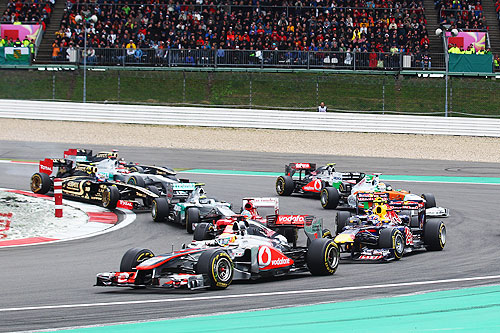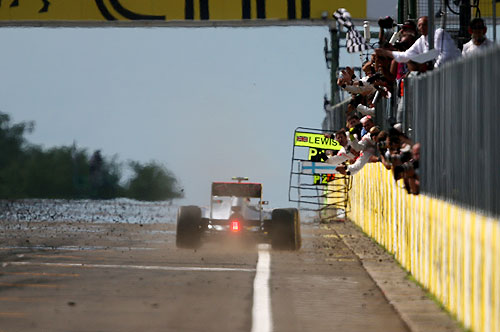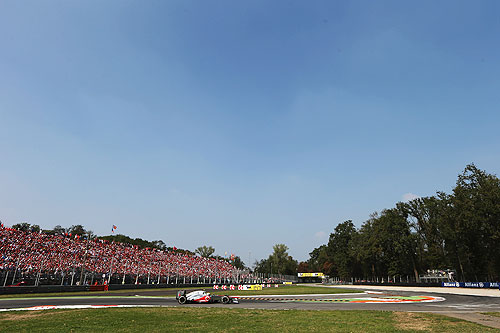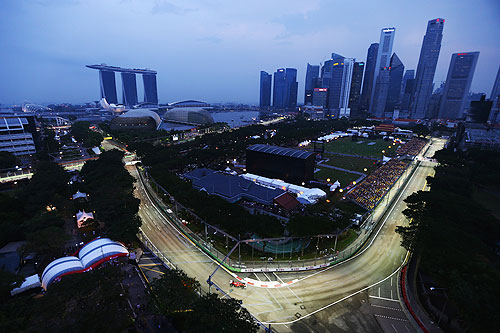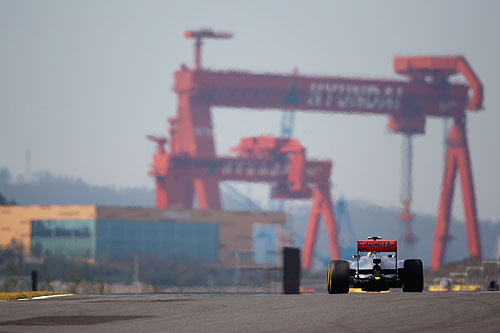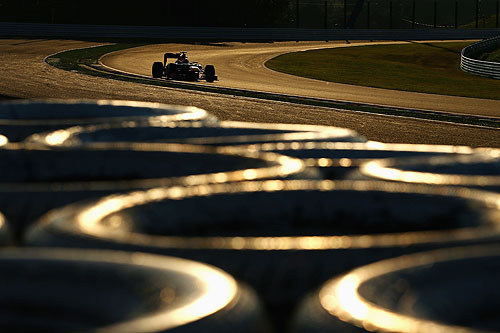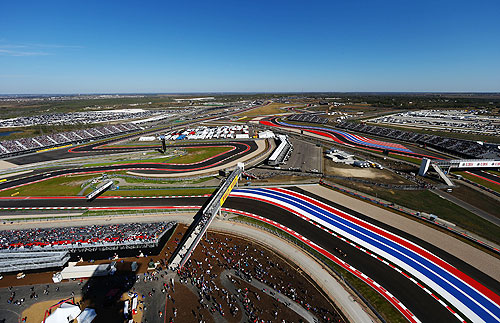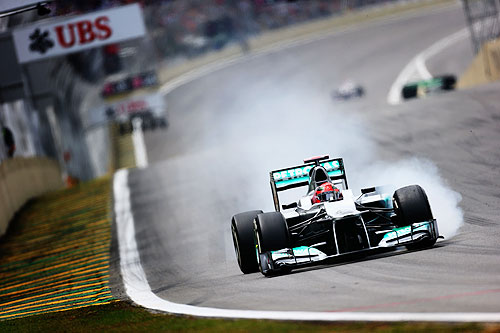 | « Back to article | Print this article |
Formula One: Key characteristics of each Grand Prix
The 19-race Formula One season, which starts in Melbourne on March 17, will have no new Grands Prix this year and one fewer than last season following the postponement of New Jersey's debut to 2014.
The following box details each race and its key characteristics.
MARCH 17 - AUSTRALIA
Albert Park street circuit. 58 laps of 5.303km. Total distance 307.574km. 2012 winner: Jenson Button (McLaren). Melbourne has hosted what has become one of the most popular races on the calendar since 1996.
Formula One: Key characteristics of each Grand Prix
MARCH 24 - MALAYSIA
Sepang circuit. 56 laps of 5.543km. Total distance 310.408km. 2012 winner: Fernando Alonso (Ferrari). The hot and steamy Hermann Tilke-designed track, next to Kuala Lumpur International Airport, made its debut in 1999.
Formula One: Key characteristics of each Grand Prix
APRIL 14 - CHINA
Shanghai International Circuit. 56 laps of 5.451km. Total distance 305.066km. 2012 winner: Nico Rosberg (Mercedes). Built on a vast, and some might say overwhelming, scale in the shape of the Chinese character 'shang'. On the calendar since 2004.
Formula One: Key characteristics of each Grand Prix
APRIL 21 - BAHRAIN
Bahrain International Circuit, Sakhir. 57 laps of 5.412km. Total distance 308.238km. 2012 winner: Sebastian Vettel (Red Bull). Another Tilke circuit and the first in the Middle East to host a grand prix in 2004. Civil unrest on the Gulf island has cast a cloud over the race since 2011.Formula One: Key characteristics of each Grand Prix
MAY 12 - SPAIN
Circuit de Catalunya, Barcelona. 66 laps of 4.655km. Total distance 307.104km. 2012 winner: Pastor Maldonado (Williams). A regular test destination and once the most predictable of circuits, familiar to all teams since 1991.Formula One: Key characteristics of each Grand Prix
MAY 26 - MONACO
Monte Carlo. 78 laps of 3.340km. Total distance 260.520km. 2012 winner: Mark Webber (Red Bull). The slowest and shortest race on the calendar but also the most glamorous. Steeped in history, Monaco is the one every driver wants to win.Formula One: Key characteristics of each Grand Prix
JUNE 9 - CANADA
Circuit Gilles Villeneuve, Montreal. 70 laps of 4.361km. Total distance 305.270km. 2012 winner: Lewis Hamilton (McLaren). A popular destination with teams and sponsors since 1978, the circuit is on the Ile Notre-Dame, an artificial island in Montreal's St Lawrence River.Formula One: Key characteristics of each Grand Prix
JUNE 30 - BRITAIN
Silverstone. 52 laps of 5.891km. Total distance of 306.198km. 2012 winner: Webber. The former World War Two airfield hosted the first F1 championship grand prix in 1950.
Formula One: Key characteristics of each Grand Prix
JULY 7 - GERMANY
Nuerburgring. 60 laps of 5.148km. Total distance of 308.623km. 2012 winner: Alonso. The original Nordschleife circuit was known as the 'Green Hell' but the current one, used since 1984, is a far more tame affair if still atmospheric.
Formula One: Key characteristics of each Grand Prix
JULY 28 - HUNGARY
Hungaroring, Budapest. 70 laps of 4.381km. Total distance 306.630km. 2012 winner: Hamilton. The first race here in 1986 marked Formula One's debut behind what was then the 'Iron Curtain' dividing Europe. Tight, twisty and slow.Formula One: Key characteristics of each Grand Prix
AUGUST 25 - BELGIUM
Spa-Francorchamps. 44 laps of 7.004km. Total distance 308.052km. 2012 winner: Button. The longest lap on the calendar and one of the fastest circuits, Spa is a blast down memory lane. Often wet, always thrilling for drivers and fans.Formula One: Key characteristics of each Grand Prix
SEPTEMBER 8 - ITALY
Monza. 53 laps of 5.793km. Total distance 306.720km. 2012 winner: Hamilton. The temple of Italian motorsport and home of Ferrari, the circuit is the fastest in Formula One. The now disused and crumbling banking dates back to 1922.Formula One: Key characteristics of each Grand Prix
SEPTEMBER 22 - SINGAPORE
Marina Bay street circuit. 61 laps of 5.073km. Total distance 309.316km. 2012 winner: Vettel. Formula One's first race run entirely at night, a glamorous and wildly successful fixture since its floodlit debut in 2008.Formula One: Key characteristics of each Grand Prix
OCTOBER 6 - SOUTH KOREA
Korea International Circuit, Yeongam. 55 laps of 5.615km. Total distance 308.630km. 2012 winner: Vettel. An anti-clockwise Tilke circuit, located in a shipbuilding centre 370km south-west of Seoul. Attendances have been low since the first 2010 race.Formula One: Key characteristics of each Grand Prix
OCTOBER 13 - JAPAN
Suzuka. 53 laps of 5.807km. Total distance 307.471km. 2012 winner: Vettel. A classic figure of eight layout, owned by Honda and built in 1962 as a test track. Fast, flowing and one of the greatest challenges for any F1 driver.Formula One: Key characteristics of each Grand Prix
OCTOBER 27 - INDIA
Buddh International Circuit, Greater Noida. 60 laps of 5.125km. Total distance 307.249km. 2012 winner: Vettel. The first race at the undulating Tilke track south of Delhi was held in 2011 and became an instant hit.Formula One: Key characteristics of each Grand Prix
NOVEMBER 3 - ABU DHABI
Yas Marina. 55 laps of 5.554km. Total distance 305.355km. 2012 winner: Kimi Raikkonen (Lotus). The first day-to-night race made its debut in 2009. A spectacular no-expense-spared Tilke circuit that raised the bar for opulence.Formula One: Key characteristics of each Grand Prix
NOVEMBER 17 - UNITED STATES
Circuit of the America. Austin, Texas. 56 laps of 5.513km. Total distance 308.405km. 2012 winner: Hamilton. Anti-clockwise and the first purpose-built F1 track in the United States. A massive hit on its debut last year.Formula One: Key characteristics of each Grand Prix
NOVEMBER 24 - BRAZIL
Interlagos, Sao Paulo. 71 laps of 4.309km. Total distance 305.909km. 2012 winner: Button. Dilapidated but hugely atmospheric bowl of a circuit that hosted its first race in 1973. Home of the late Ayrton Senna.

© Copyright 2024 Reuters Limited. All rights reserved. Republication or redistribution of Reuters content, including by framing or similar means, is expressly prohibited without the prior written consent of Reuters. Reuters shall not be liable for any errors or delays in the content, or for any actions taken in reliance thereon.
